The winter fungi of western Kangaroo Island
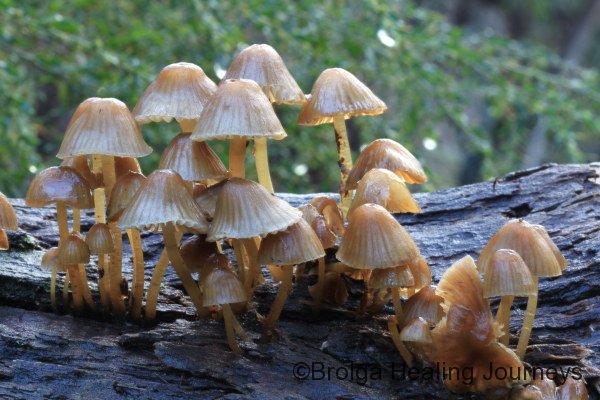
Winter is the quietest time of year for tourism on Kangaroo Island. Considering the often wild weather, chilly temperatures and frequent rainfall, that comes as no surprise. But the very conditions that keep visitors away also create an ideal environment for the profusion of fungi found on the wilder western end of the island. The rains come and so do the fungi, springing up in forests, along creek lines and around paddocks.
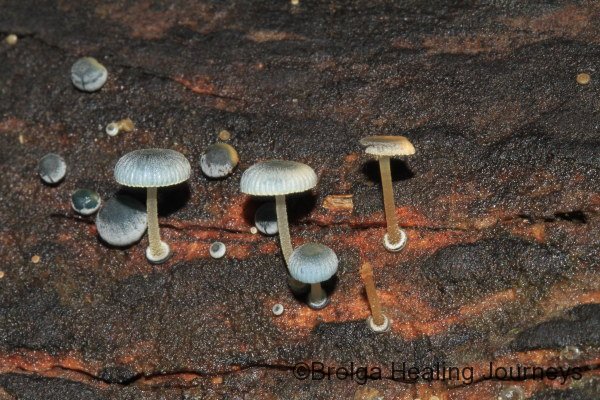
The amazing array of fungi on western KI caught me unawares in 2012, our first winter on the island. This year I was ready and waiting. With the arrival of KI’s rains, I was out stalking the landscape, and it wasn’t long before my efforts were rewarded. The relatively warm soil temperatures and good rainfall at the start of winter provide an ideal growing environment for fungi. As winter progresses, soil temperatures fall and the range and abundance of fungi diminishes, so there is an incentive to catch the start of the season.
Photographing the fungi is relatively easy for anyone prepared to crawl around on their hands and knees in the damp undergrowth with a half-decent camera. The tricky bit comes in trying to identify them. Last year I purchased a field guide to Australian fungi in the hope that it would enable me to identify all our species. Not a chance. All it did was make we realise just how many similar-looking fungi we have, and also made we aware of the fact that many species can only be identified in a laboratory. Still, I have given it my best shot and can at least say that I’ve identified far more species than in my previous blog of almost a year ago. Mind you, it was a low starting point. I should mention that I have no formal training in mycology and my identification of the various species is my best guess, and no doubt contains many errors.
I did have some help this year. Pam Catcheside, a highly respected mycologist and an expert on KI’s fungi, gave a well-attended two day workshop on KI fungi at Flinders Chase National Park, which I was privileged to attend. The workshop was inspiring and practical, and taught us much about this fascinating kingdom. Not only are fungi vital to breaking down dead vegetation, they are also indispensible to the nutrient take-up of plants, often working in a symbiotic relationship with plant roots.
Our neighbour Julia is also very knowledgeable about fungi (she assisted Pam during the workshop) and accompanied Nirbeeja and me on a fungi foray on our property. Julia also very kindly gave us a wonderful little mirror with which to view the underside of fungi in situ, avoiding the need to turn oneself inside out trying to see with the naked eye. Julia identified many fungi for us as we ventured around our bushland and I apologise to her where I have subsequently got the names wrong.
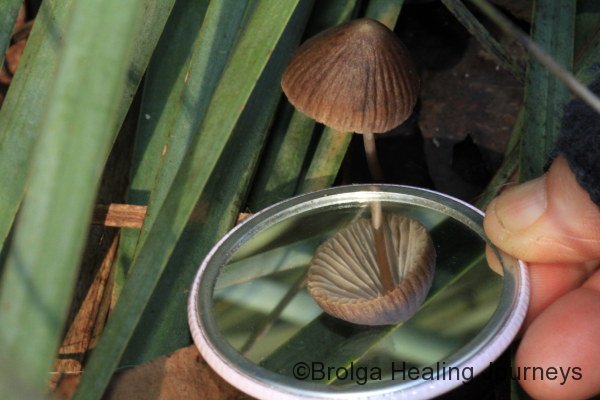
FUNGI WITH SIMPLE GILLS
This is the largest grouping of macro (visible) fungi and contains most of the common edible mushrooms. Being such a large group, it also makes the task of identifying species challenging. The fact that new species are being recorded constantly in Australia, and many more remain to be described, makes that task daunting indeed!
The gills, ordinarily found on the underside of the fungi, contain the spores which when mature are released to be spread by wind, rain or animal.
One of the first species I confidently identified this year was the Amanita muscaria. Otherwise known as the Fly Agaric mushroom, this has been used in many cultures since ancient times for its mind expanding properties. It was a favourite of the Siberian shamans. My excitement at finding it growing on our property was tempered by my discovery that it is an introduced species which is having a detrimental effect on a number of native fungi. Nonetheless, it is a strikingly beautiful mushroom.
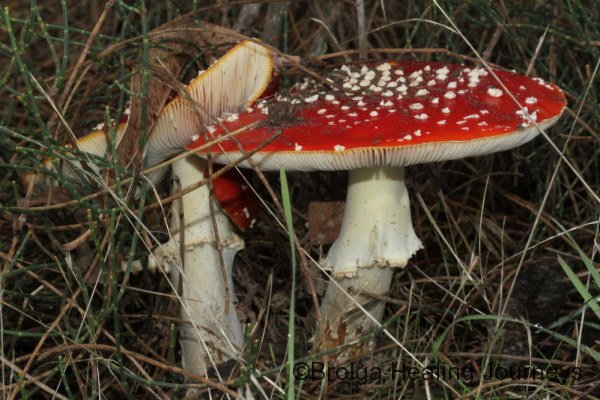
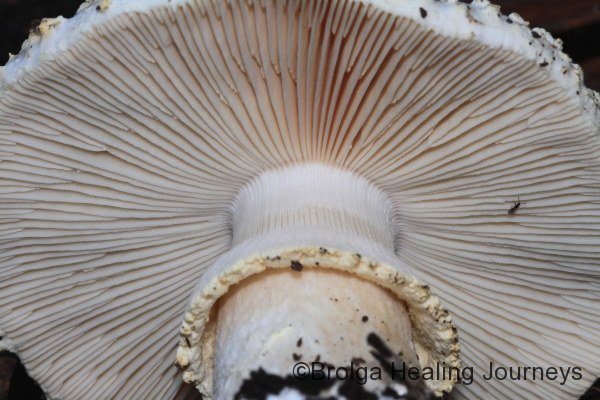
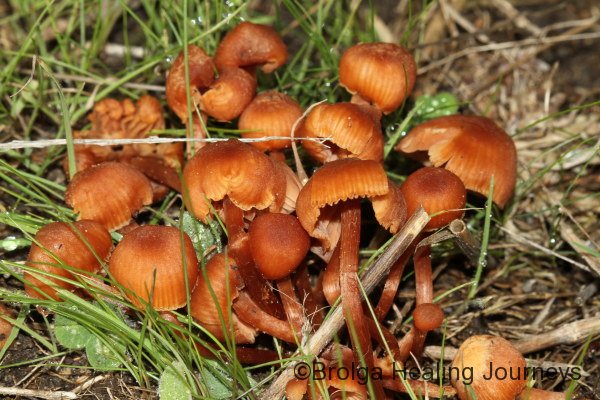
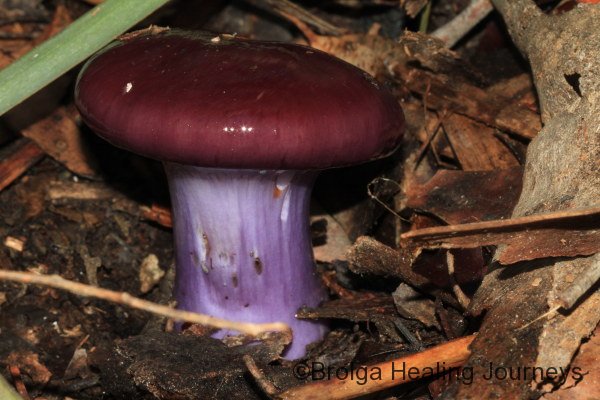
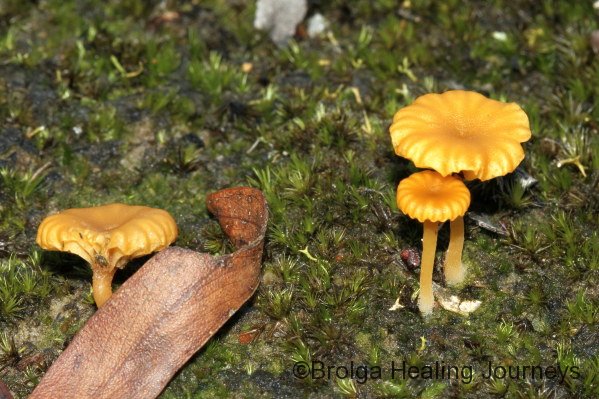
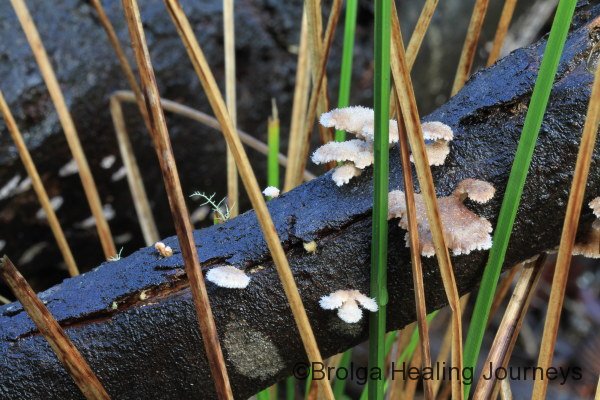
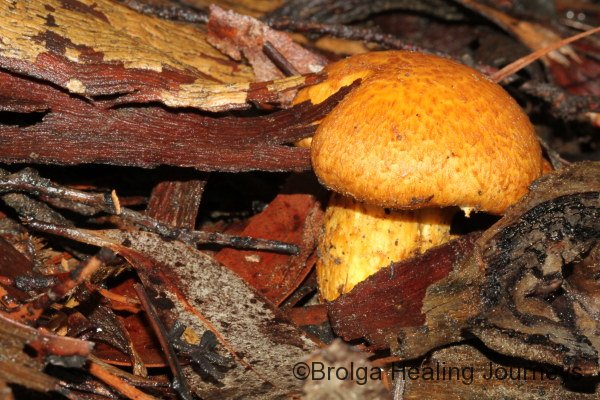

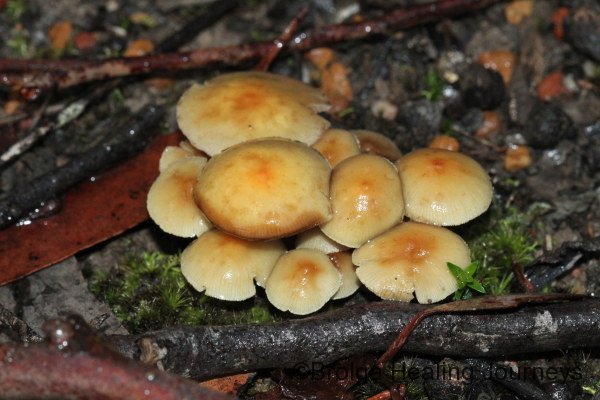
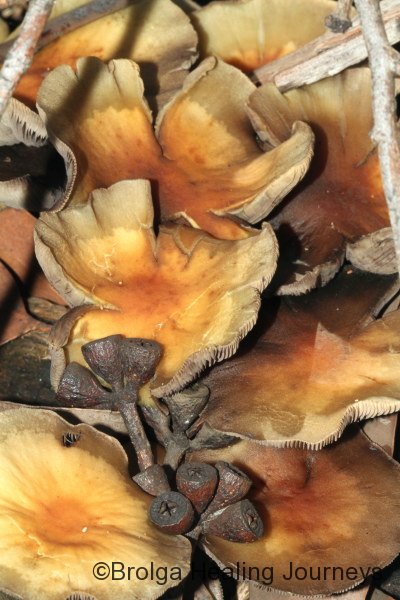
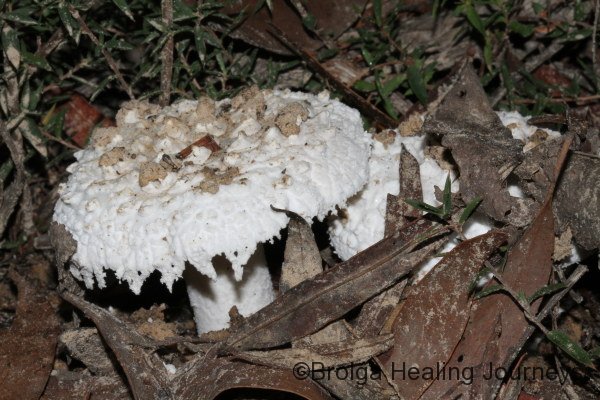
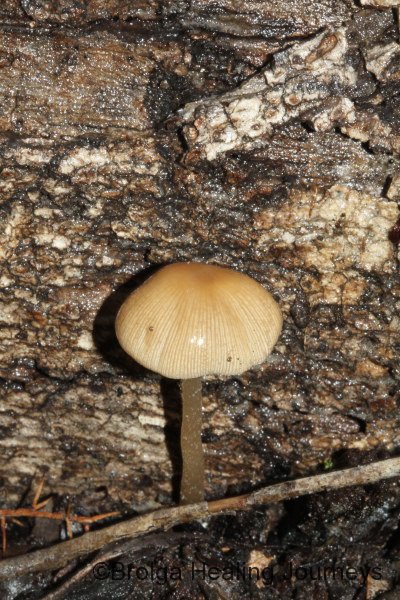
FUNGI WITH FORKED GILLS
A relatively small group, this contains the fascinating Ghost Fungus, which glows white in the dark due to a chemical reaction between fungal enzymes and oxygen. I have taken many photos of this fungus during the day but have yet to see it at night.
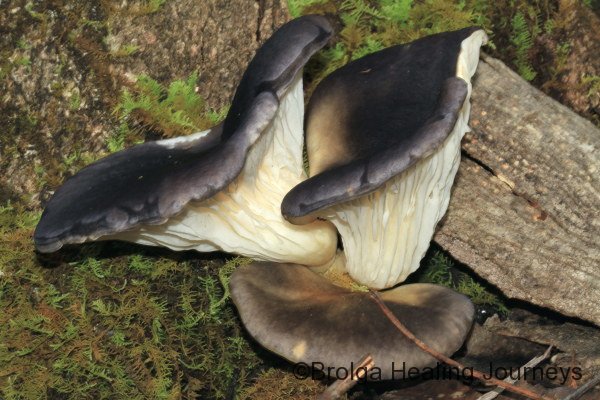
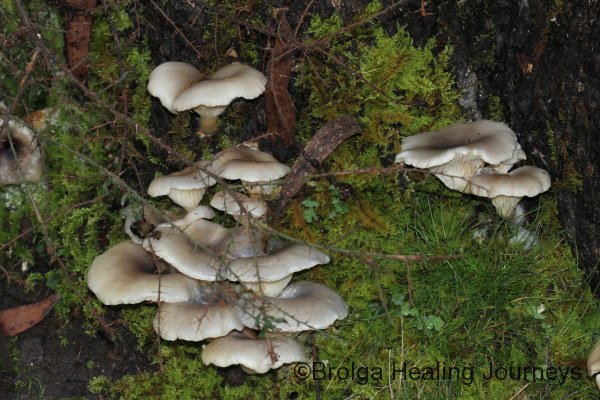
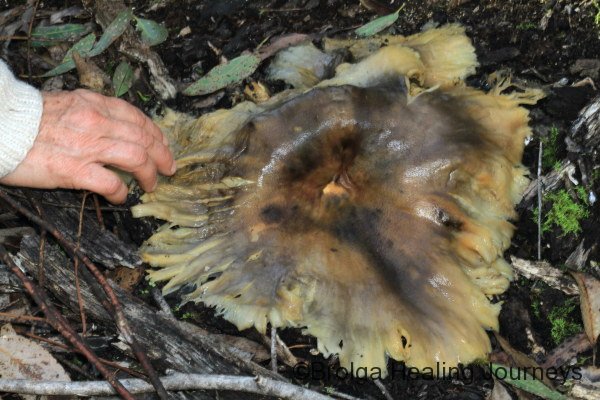
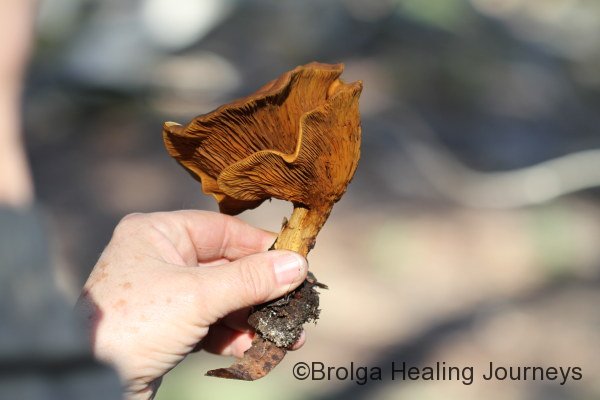
FLESHY PORE FUNGI
As the name of this grouping suggests, these fungi do not have gills, instead having fleshy-pores on their underside from which their spores are released. I discovered one colony of these fungi on the edge of our bushland, many with fruiting bodies the size of dinner plates.
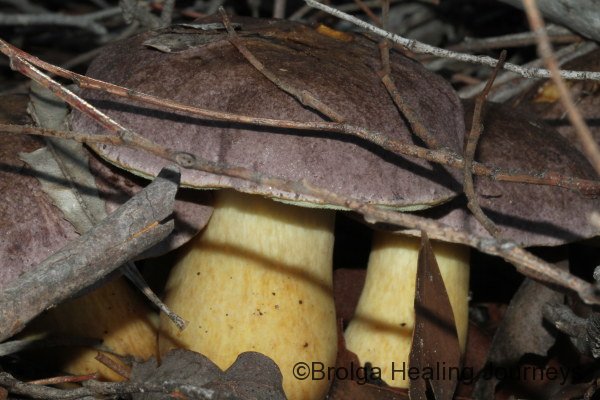
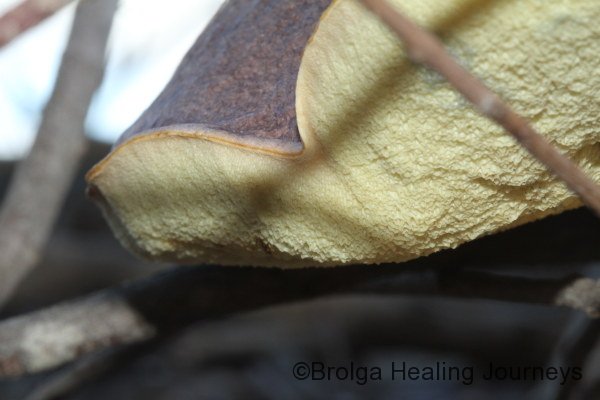
CORAL FUNGI
I never expected to discover something looking like coral growing in native bushland.
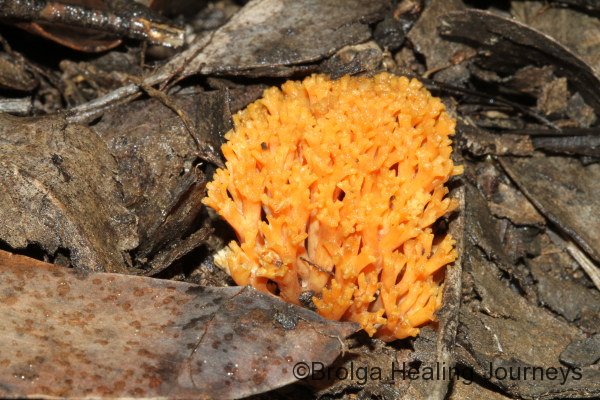
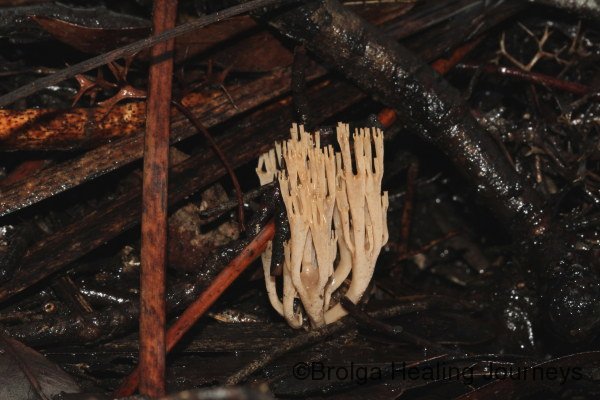
PUFFBALLS
Most of us know about these from our childhood. I remember kicking the whitish species (about the size of a chicken’s egg) as a child and watching the spores expode into a cloud of dust. Here we have much larger species, most the size of an orange but occasional specimens the size of a rockmelon. They are among the most common of the fungi here, especially in more open areas.
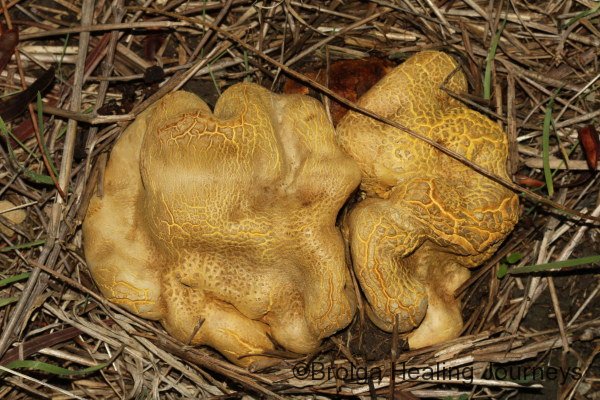
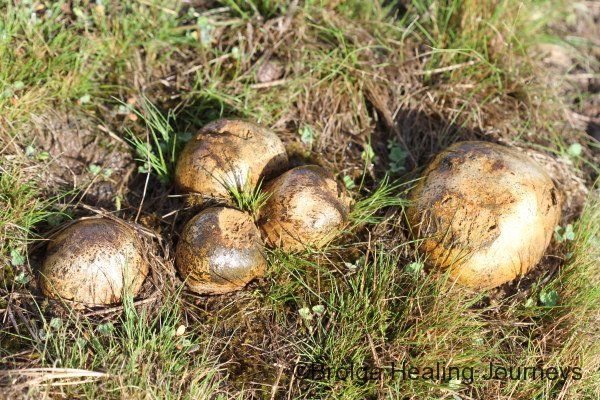
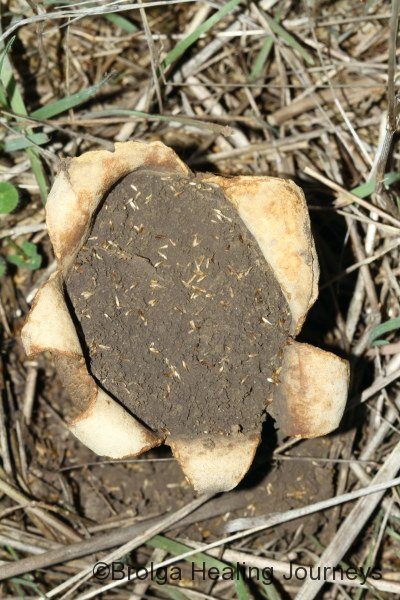
WOODY-PORE FUNGI & BRACKET FUNGI
These are very common on fallen timber and decaying logs. Their fruiting bodies tend to be much harder (ie more woody) than the gilled varieties.
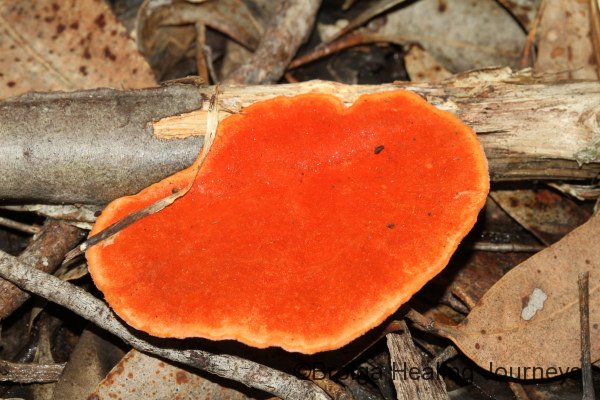
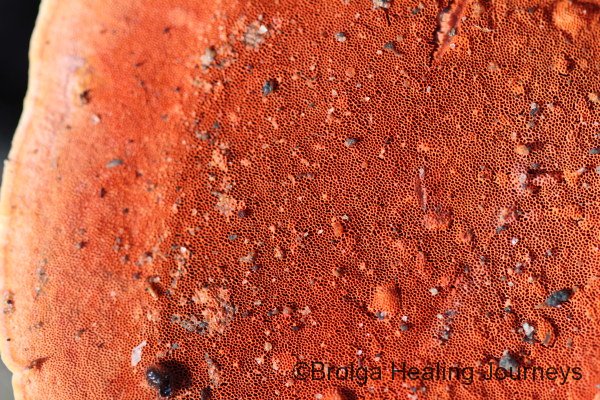
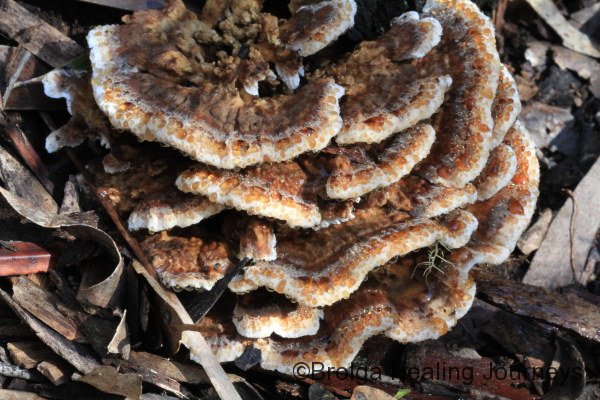
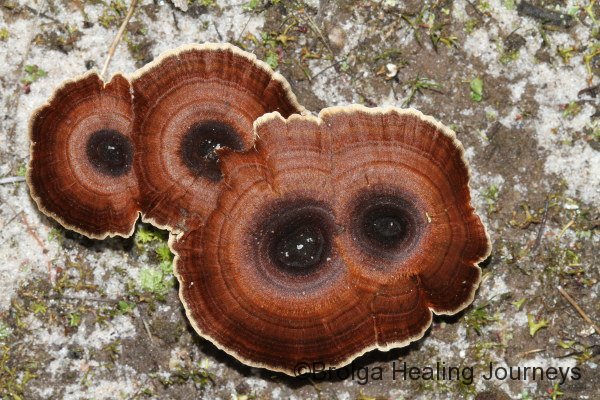
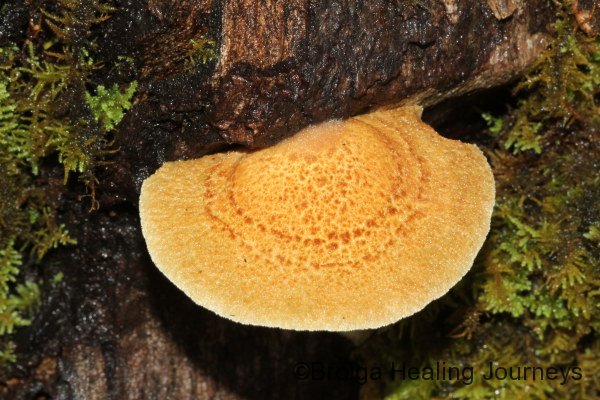
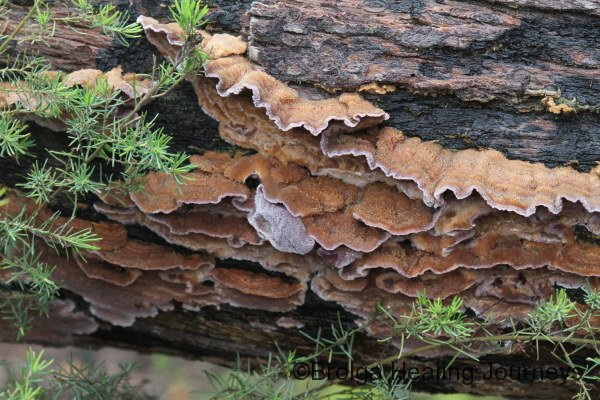
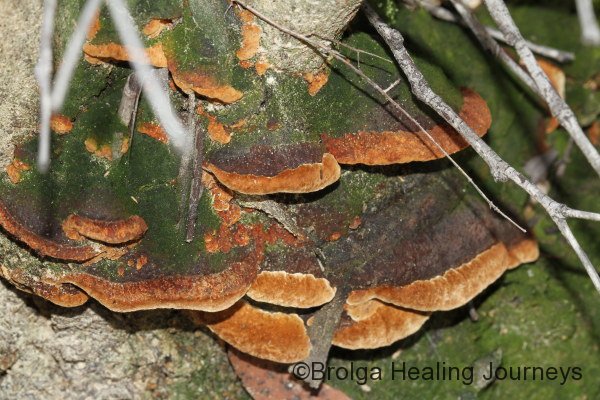
LEATHERY SHELF FUNGI
Another group that grows on fallen and decaying timber.
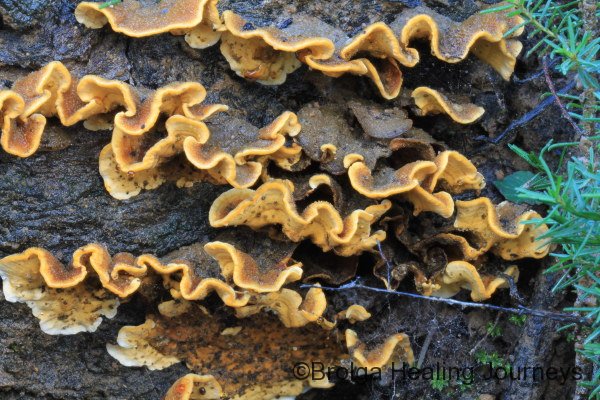
JELLY FUNGI
As its name suggests, this group looks like edible jelly. Again, this grows mainly on decaying and fallen timber.
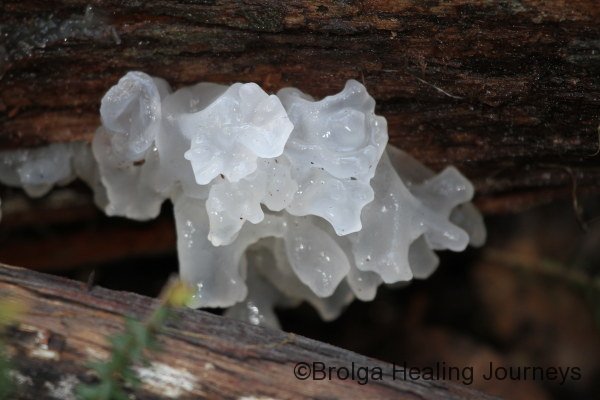
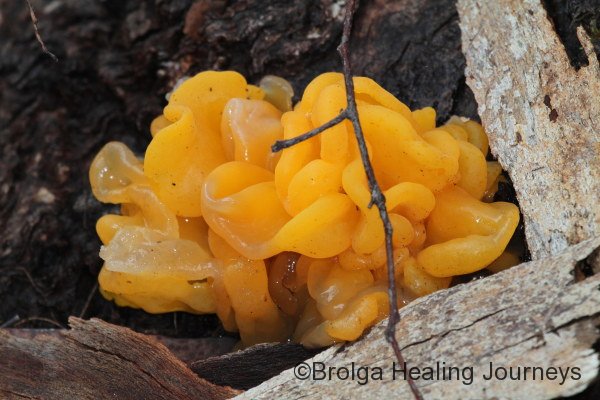
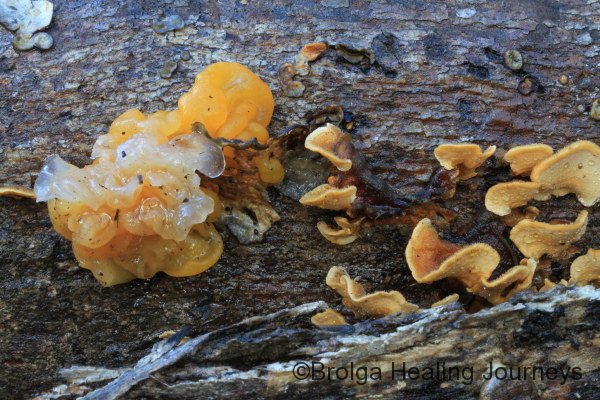

CUP FUNGI
Often tiny, these are therefore tricky to locate, but many in this region grow on old banksia cones.
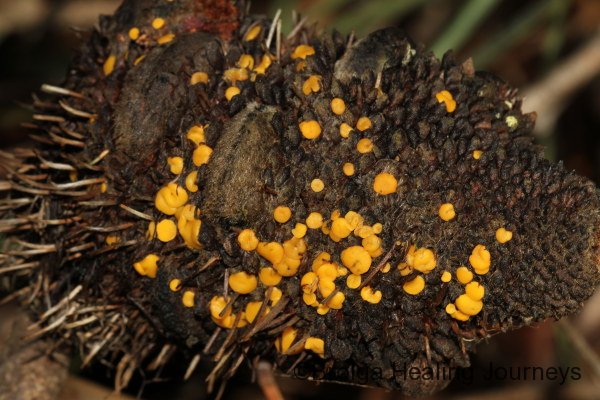
SLIME MOULDS
These are in fact no longer classified as fungi, but are often observed growing in similar conditions and environments. Like something from a horror movie, large colonies of slime mould have been observed to creep across the ground. Fortunately, this movement is terribly slow so you are unlikely to be chased during your next bushwalk!
Unfortunately I don’t have an photographs of large slime moulds, so this small but brilliantly coloured specimen will have to do for the time being.
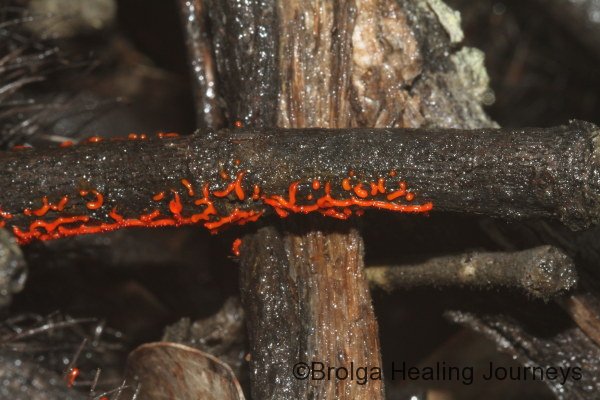
Enjoy the photographs, most of which were taken on our Kangaroo Island property. More to come next winter.
Peter
9 August 2013
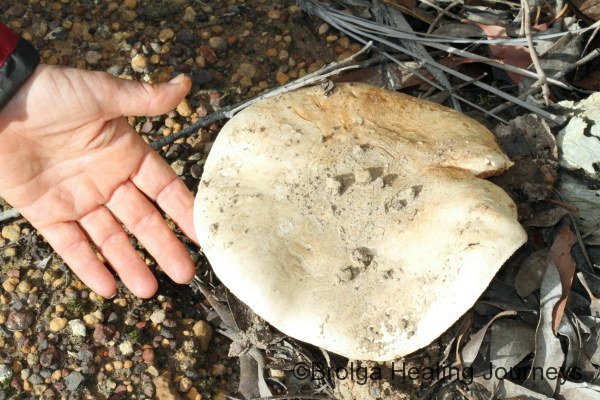
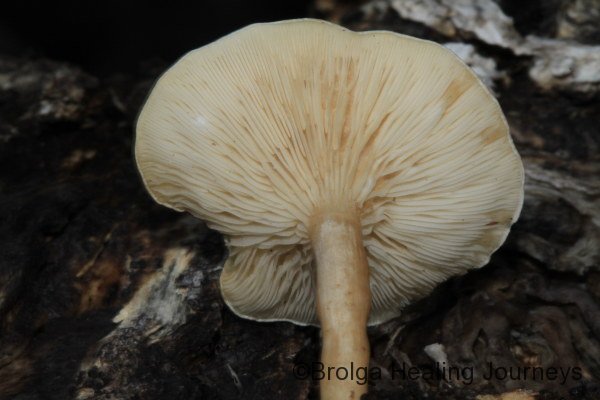































































































































I too love to photograph funghi so really enjoyed this post. Glad you are still enjoying your life on KI
Thanks Ann for your comment. Yes, we are loving life on KI. (So we know, which Ann?!)